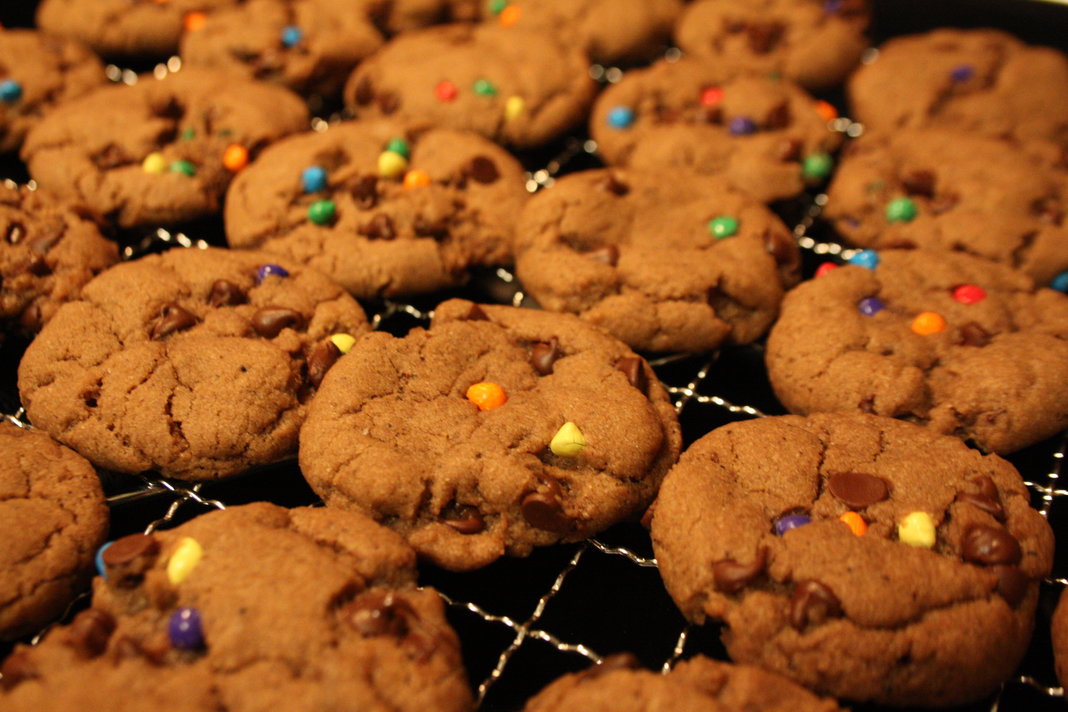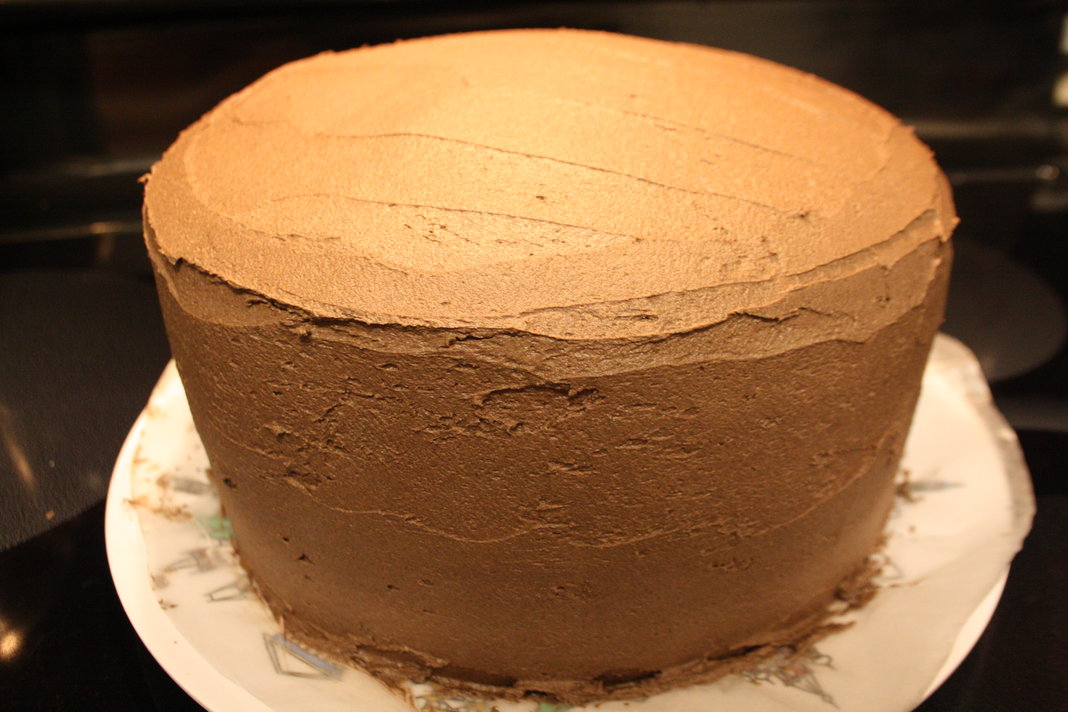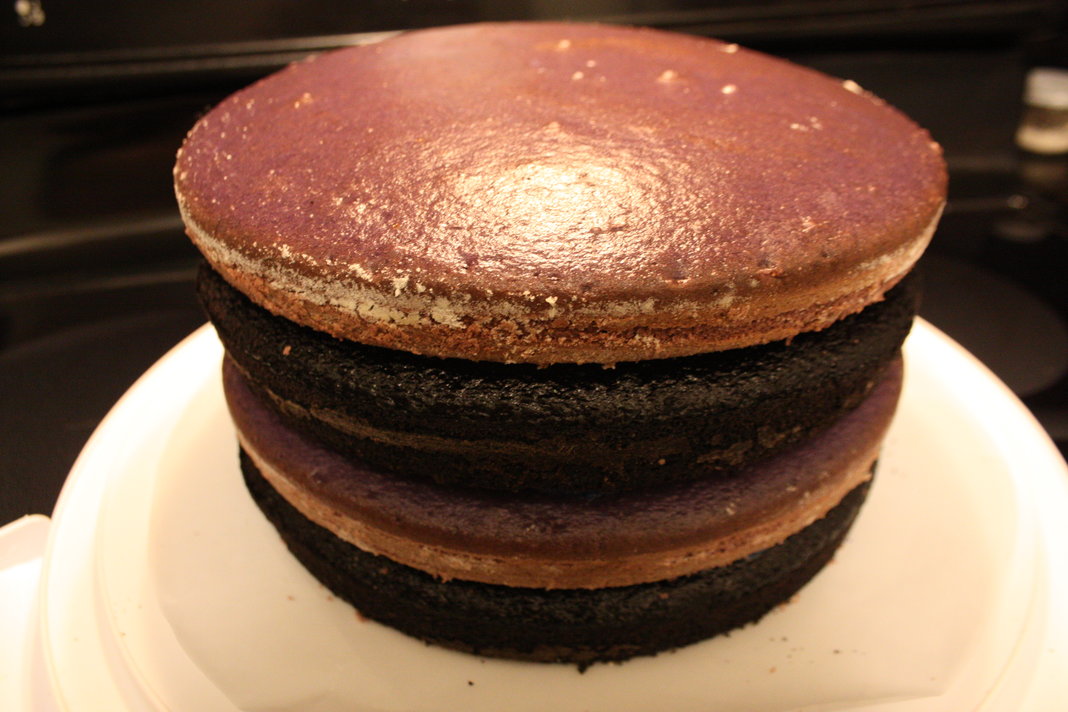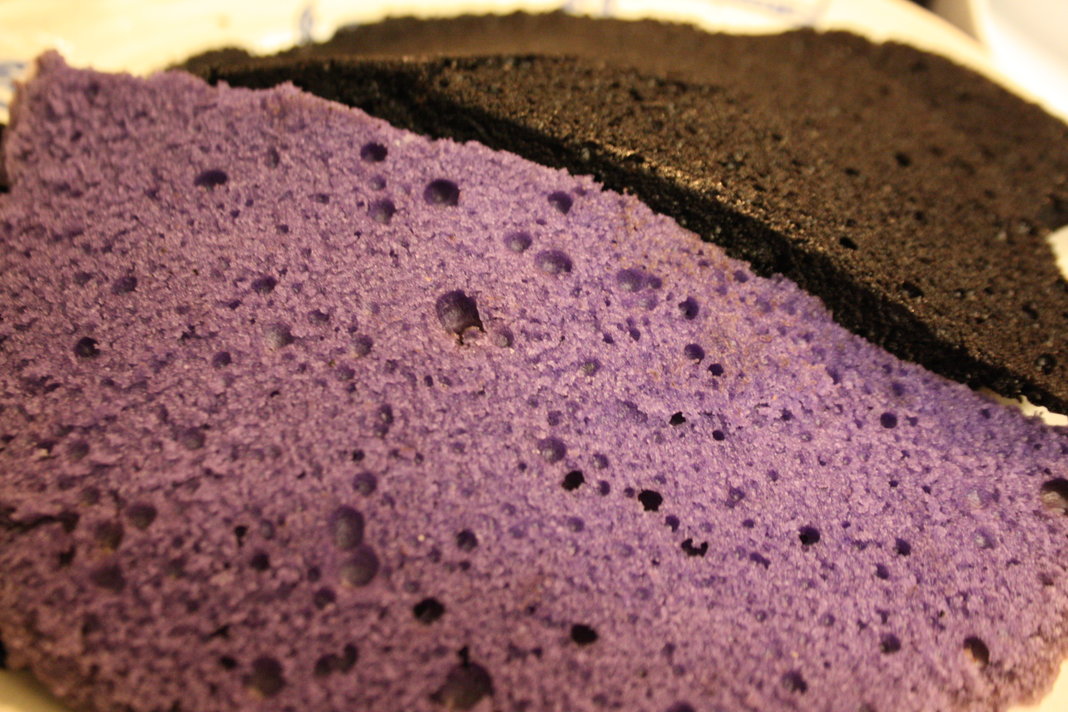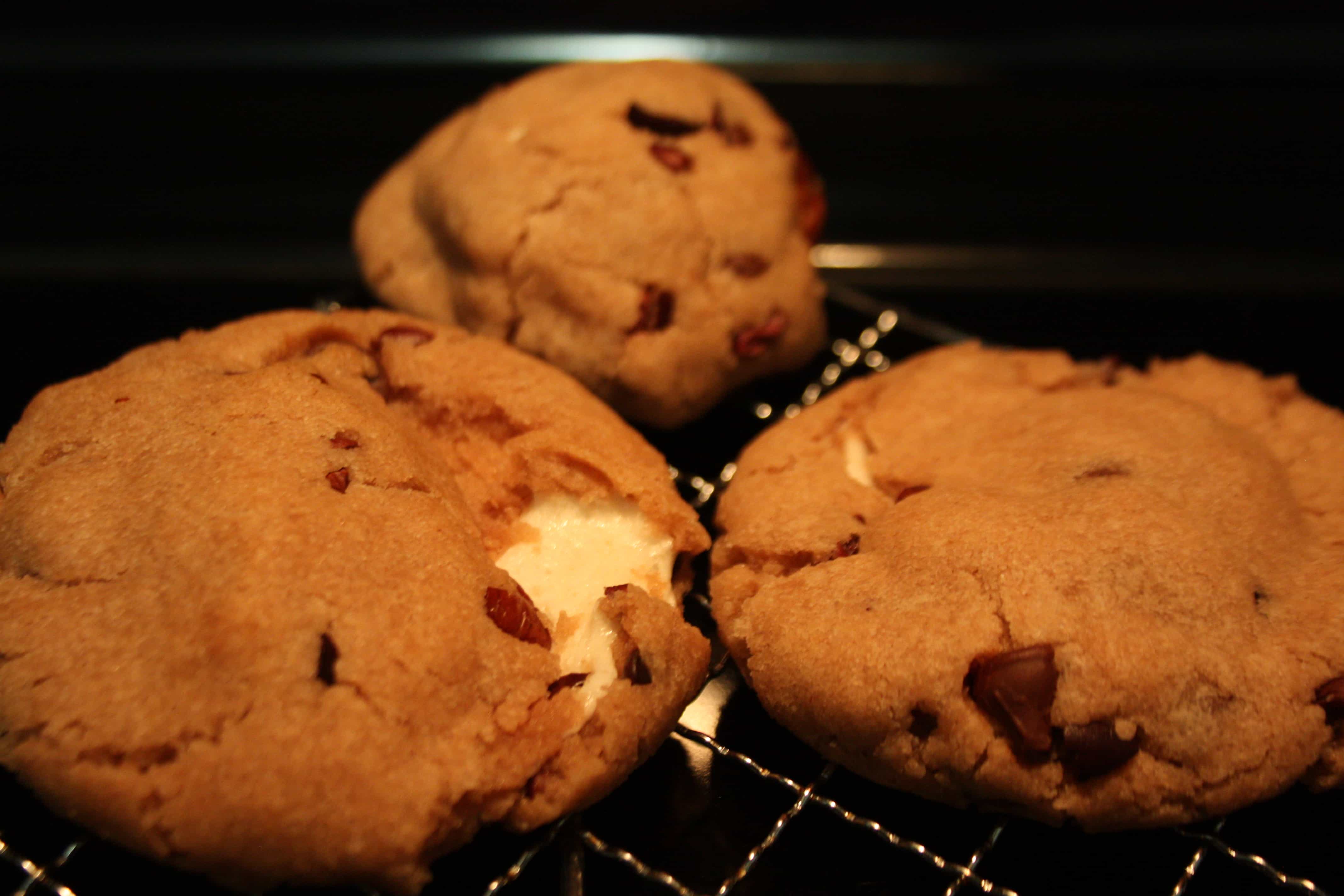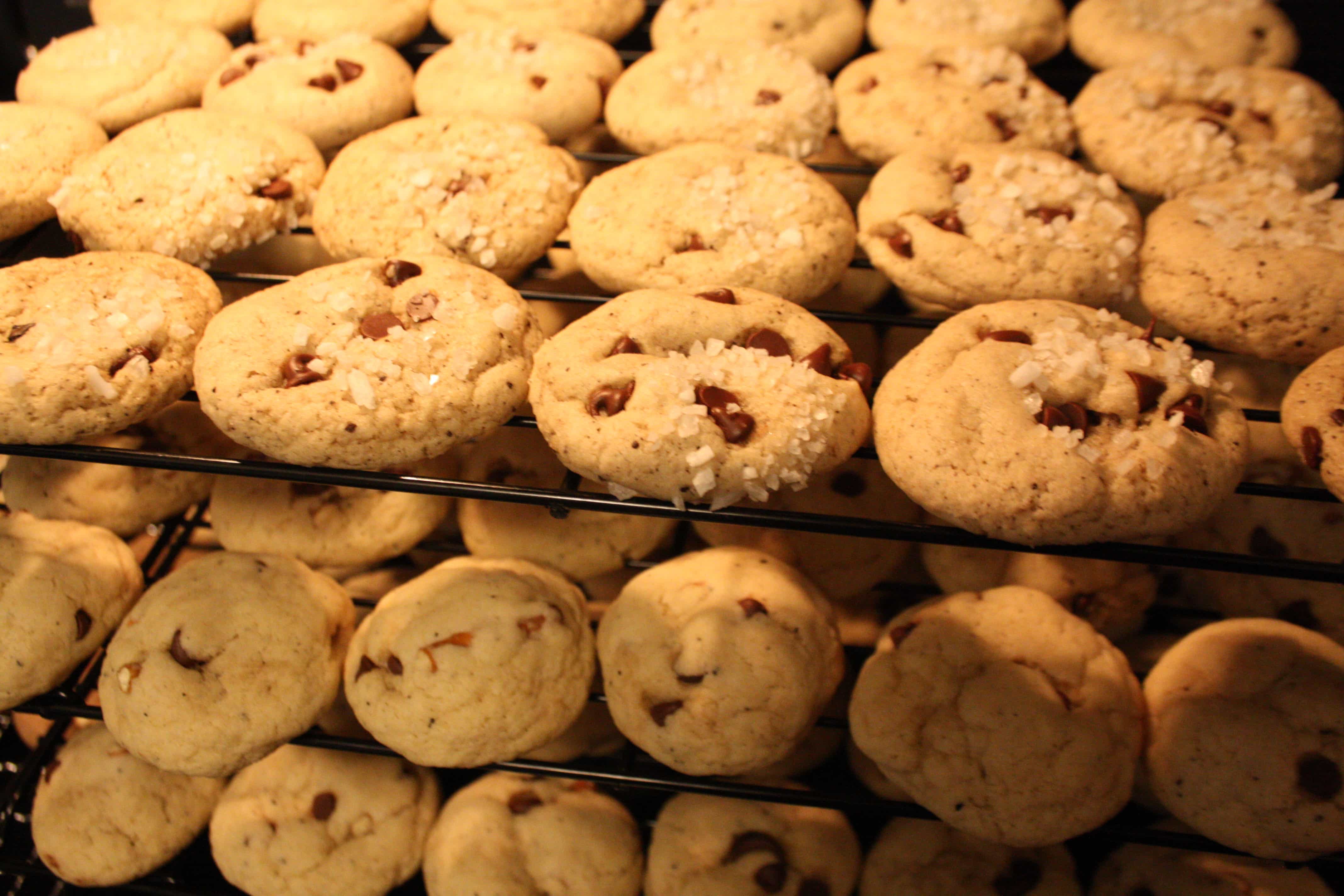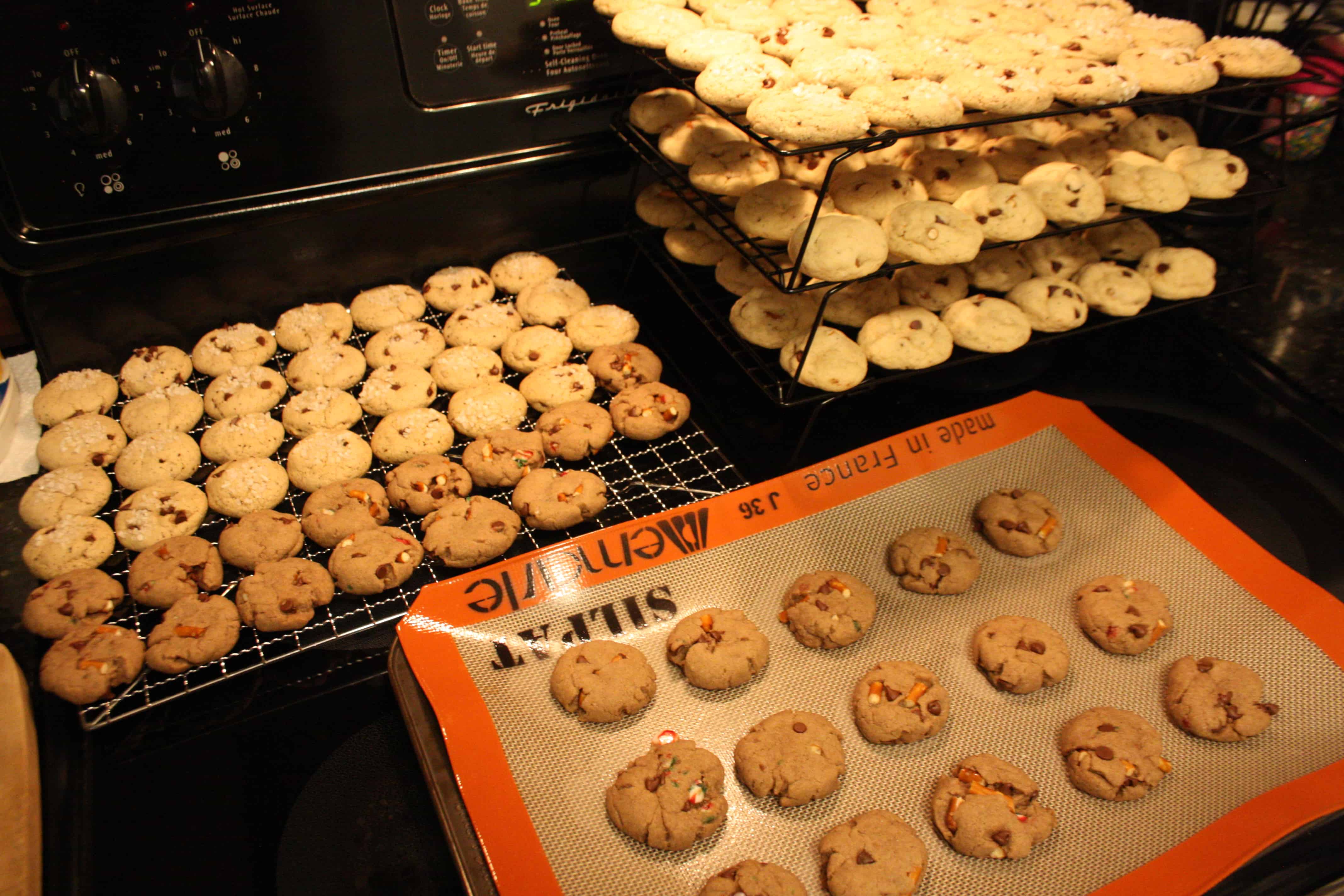Pumpkin pie squares

I’ve been experimenting with baking squares as of late.
I decided to start experimenting with squares when I wanted to make a pecan pie, but didn’t really want to deal with making a pie crust.
Pie crust: just because I can, doesn’t mean I want to.
So I made pecan pie squares. I used the pecan pie recipe from The PPK and this shortbread recipe. I pressed the shortbread dough into the bottom of a large rectangular glass baking pan, poured the pecan filling on top, and baked. I followed the pie recipe’s baking temperature and time.
Total win.
Pictures didn’t happen, but I intend to make pecan pie squares again. And perhaps I will take some pictures.
I also made a batch of squares with walnuts instead of pecans.
Back to pumpkin.
I thought it would be fun to try pumpkin pie squares.
I was right.
Pumpkin pie squares were fun to make. And delicious.
Instead of the pumpkin pie recipe that I usually use – modified from a recipe in my old batter splatter cookbook – I decided to try a pumpkin pie recipe from The PPK. The PPK recipe seemed roughly equivalent in volumes and spice use and so on, so I figured it would be good. It also used up a whole can of pumpkin puree without any leftovers, so that was a bonus.
I modified the shortbread recipe slightly due to not having a lot of margarine on hand. I used half margarine and half shortening. The shortbread turned out extra-crispy compared to previous bakes of the same recipe. So, I’ll probably consider using half shortening again – at least for shortbread that I’m using as a base for squares of some sort.
I lined the baking tray with parchment – like I did for this recipe, pressed the shortbread dough in, and spread the pumpkin pie batter on top.
I baked according to the temperature on the pie recipe and checked on the pie for that slightly jiggly, slightly set, just right, pumpkin pie doneness.
The pie took slightly less time to bake and to cool as the pumpkin was spread thinner than it would be in a pie.
Here are some looks at the final product:




Whipped coconut topping was a delicious addition, but not an addition necessary for enjoyment.
Squares are a fun alternative to pie for using pie-style fillings.
More square experimentation may very well happen.
For pumpkin baking content from previous The Baking posts, check out:
–Pumpkin pie decorated to look like an owl
–Pumpkin cheesecake with Oreo crust
Bon appetit.






